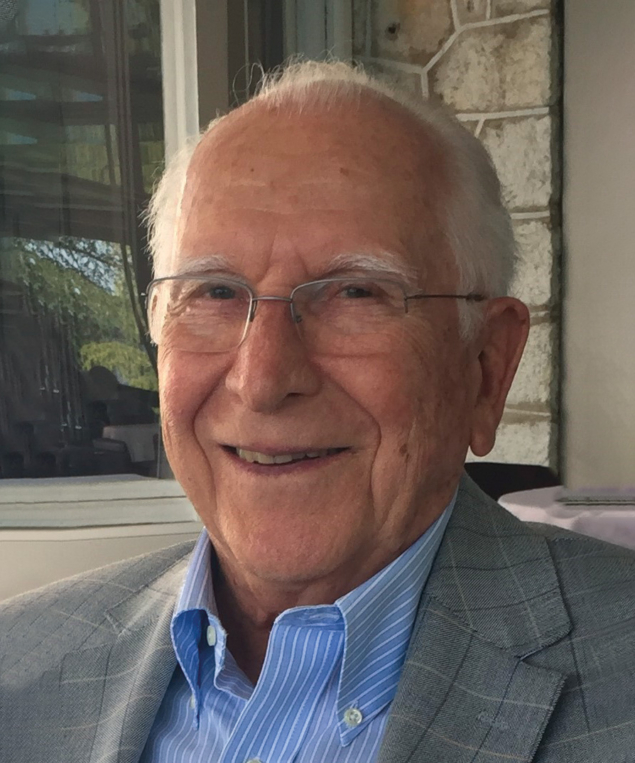
Electrical engineer Philippe Bernard, who made notable technical and managerial contributions across the various sectors at CERN in which he worked, passed away on 10 October 2023.
Born in 1935, Philippe completed his studies at the prestigious Ecole supérieure d’éléctricité in 1956. He began working at CERN in 1962 as engineer-in-charge of the Proton Synchrotron. He went on to design and develop radio-frequency (RF) separators, making substantial contributions to the improvement of these devices that provide well-selected secondary beams. This was particularly important in the early 1970s for experiments with the CERN 2 m hydrogen chamber, the Saclay-built Mirabelle chamber at Serpukhov, and the Big European Bubble Chamber at CERN.
Realising the potential of superconductivity for RF structures, Philippe, together with Herbert Lengeler, was entrusted by CERN Director-General John Adams to develop RF cavities for CERN accelerators in 1978. A vigorous programme with international participation led to the development of five-cell cavities, first made of pure niobium and, later, of niobium sputtered on the more stable copper-substrate to produce robust cavities. This allowed accelerating fields of up to 7 MV/m to be reached.
After tests of prototypes at PETRA (DESY) and the Super Proton Synchrotron, 320 such cavities were produced for the Large Electron-Positron collider (LEP) using niobium-film technology. In the framework of the LEP2 upgrade programme, which started in 1987, these cavities were gradually added to the complement of normal-conducting cavities, which were partially replaced. This enabled an increase in the electron and positron beam energy from 46 GeV in 1989 to 104 GeV by 2000. In addition to this successful development, in the late 1990s Philippe took a strong interest in the design and development of a system of coupled superconducting cavities as a sensitive detector of gravitational waves.
Philippe was also involved in numerous CERN-wide activities, including chairing the purchasing policy monitoring board and serving as president of the CERN health insurance scheme (CHIS). He also served as president and vice-president of the CERN Pensioners’ Association during a critical period.
His open mind, his wide-ranging views and his solid technical knowledge made Philippe a recognised leader. His critical and thoughtful attitude made him a respected discussion partner for the CERN management. Philippe’s commitment to CHIS and to long-term improvements in the social conditions of CERN and ESO staff was widely appreciated and acknowledged. We remember him as a generous, witty and vivacious friend.








